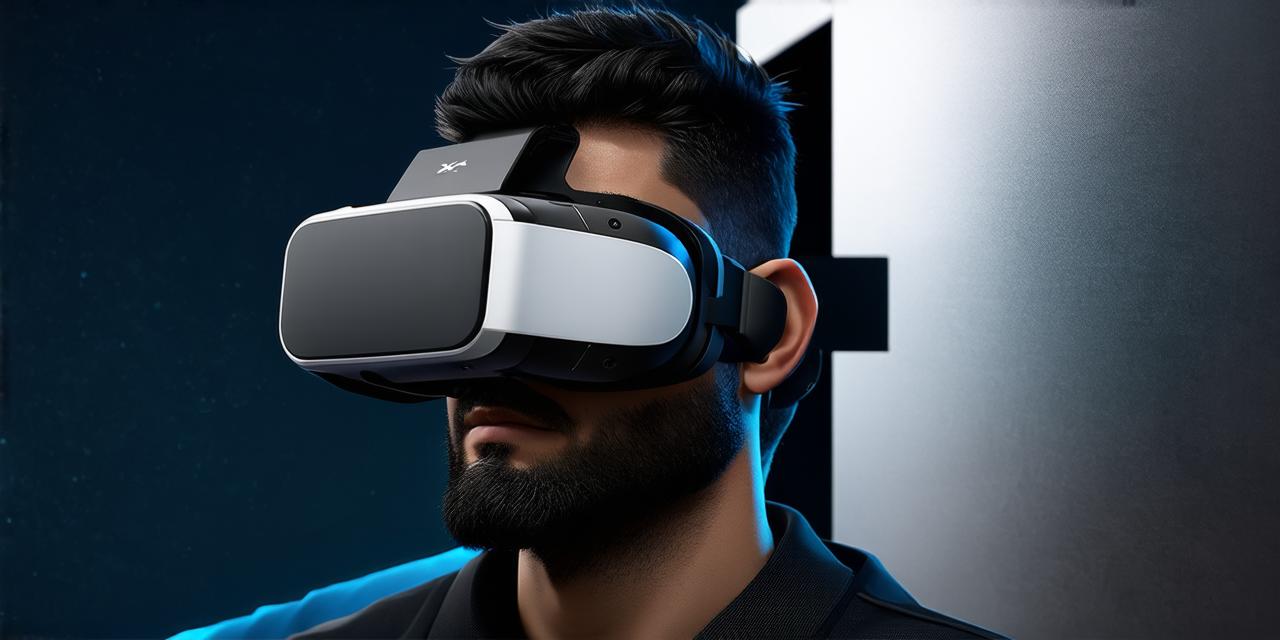Virtual Reality (VR) technology has been advancing rapidly over the past few years, and it’s showing no signs of slowing down. As a result, more developers are entering the market to create immersive VR experiences for users.
However, developing a VR application can be challenging, especially when you need to ensure that it works seamlessly across different platforms.
One of the biggest challenges facing VR developers is achieving cross-platform compatibility. This means creating an application that works equally well on multiple devices and operating systems, including Android, iOS, Windows, and macOS.
Achieving this level of compatibility can be difficult because each platform has its own unique set of requirements and constraints.
In this article, we’ll explore some best practices for optimizing your VR development with cross-platform compatibility. We’ll discuss the importance of choosing the right development tools and frameworks, creating an intuitive user interface, and conducting thorough testing to ensure that your application works flawlessly across all platforms.
Why Cross-Platform Compatibility Matters
Cross-platform compatibility is crucial for VR development because it allows you to reach a larger audience. If your VR application only works on one platform, you’ll limit its potential reach to a small subset of users.
Additionally, cross-platform compatibility is essential for creating a consistent user experience. If users have to switch between different platforms to access your VR application, they’ll likely encounter frustrating inconsistencies and glitches that can harm their perception of your brand.
Best Practices for Optimizing VR Development with Cross-Platform Compatibility
1. Choose the Right Development Tools and Frameworks
When developing a VR application, it’s essential to choose the right development tools and frameworks that support cross-platform compatibility.
Some popular VR development tools and frameworks include Unity3D, Unreal Engine, and A-Frame. These tools provide developers with a set of pre-built components and features that make it easier to create VR applications that work across multiple platforms.
For example, Unity3D is a popular cross-platform game engine that supports VR development on multiple devices, including Android, iOS, Windows, and macOS. With Unity3D, developers can use the same codebase to build VR applications for different platforms, reducing development time and cost.
2. Create an Intuitive User Interface
Creating an intuitive user interface is critical for VR development because it determines how users interact with your application.
To create an intuitive user interface, developers should follow these best practices:
- Keep the user interface simple and easy to use. Avoid cluttering the screen with too many buttons or options.
- Use clear and concise language in all user interface elements. Avoid using jargon or technical terms that users may not understand.
- Ensure that all user interface elements are easily accessible and visible. Users should be able to find what they need quickly without having to search for it.
3. Conduct Thorough Testing
Conducting thorough testing is essential for ensuring that your VR application works seamlessly across multiple platforms.
There are several types of testing that developers should conduct when optimizing their VR development with cross-platform compatibility, including:
- Unit testing: This involves testing individual units of code to ensure that they work correctly.
- Integration testing: This involves testing how different units of code work together to create a functional application.
- System testing: This involves testing the entire system, including all hardware and software components, to ensure that it works as expected.
- User acceptance testing: This involves testing the application with real users to ensure that it meets their needs and expectations.
4. Optimize Performance
Optimizing performance is critical for VR development because slow loading times and frame rates can negatively impact the user experience.
To optimize performance, developers should follow these best practices:
- Use efficient coding techniques to minimize the amount of processing power required to run the application.
- Optimize textures and other visual elements to reduce load times.
- Reduce the number of draw calls to improve frame rates.
- Use hardware acceleration where possible to offload some of the processing burden to specialized hardware.
5. Use Real-Life Examples to Illustrate Points
Using real-life examples can help illustrate the points being made in this article and make them more relatable to readers.
For example, consider the following scenario:
Suppose you’re developing a VR application for a retail store that allows customers to try on clothes virtually. If your application only works on one platform, such as Android, you’ll limit its potential reach to a small subset of users who own an Android device. However, if your application works seamlessly across multiple platforms, including iOS and macOS, you can reach millions of people around the world who own these devices.
Summary
Optimizing VR development with cross-platform compatibility is essential for creating a more immersive and enjoyable user experience. By choosing the right development tools and frameworks, creating an intuitive user interface, conducting thorough testing, optimizing performance, and using real-life examples to illustrate points, developers can create VR applications that work seamlessly across multiple platforms.
Remember that achieving cross-platform compatibility requires a significant investment of time and resources, but the rewards are well worth it. By creating a VR application that works equally well on multiple devices and operating systems, you can reach a larger audience and create a more consistent user experience.
